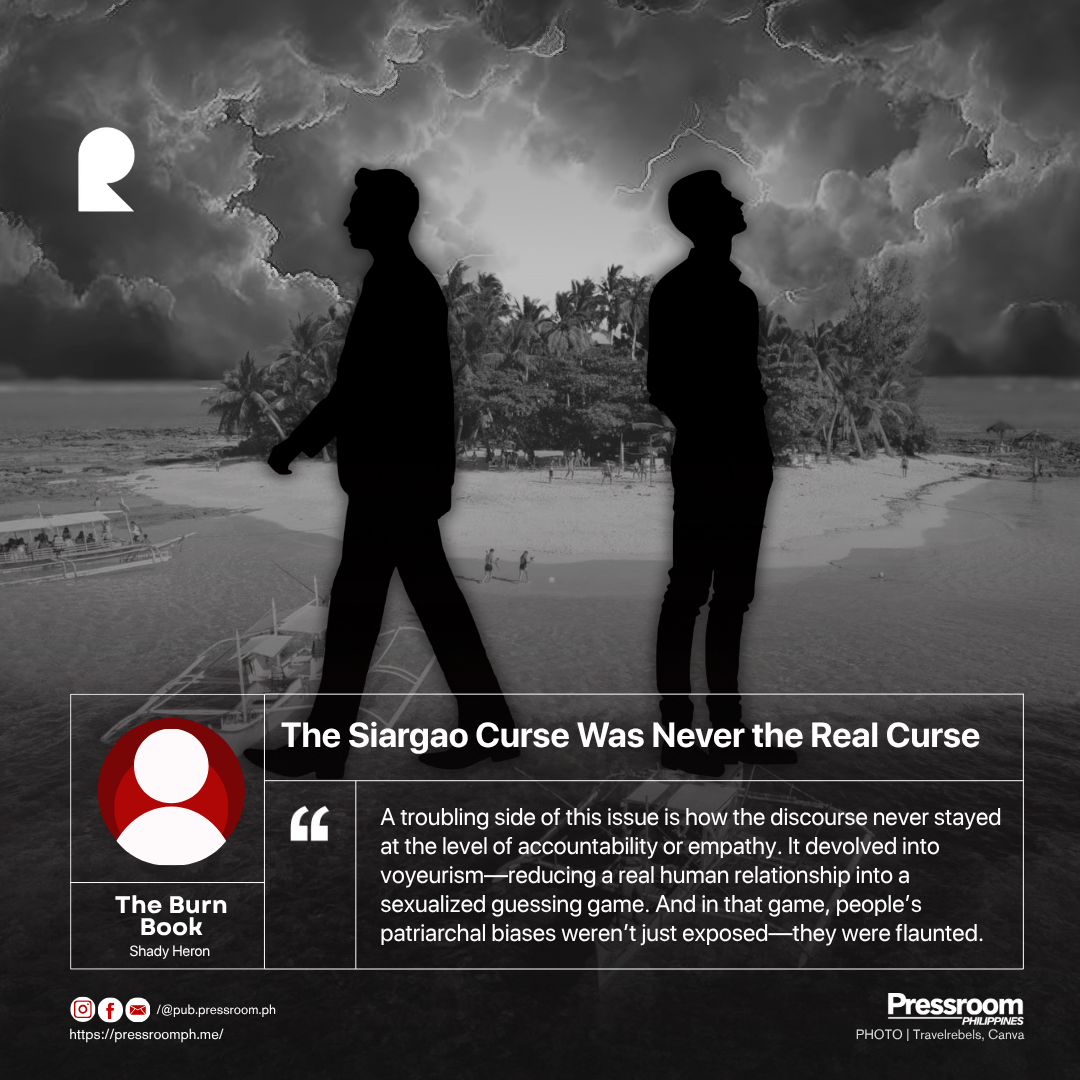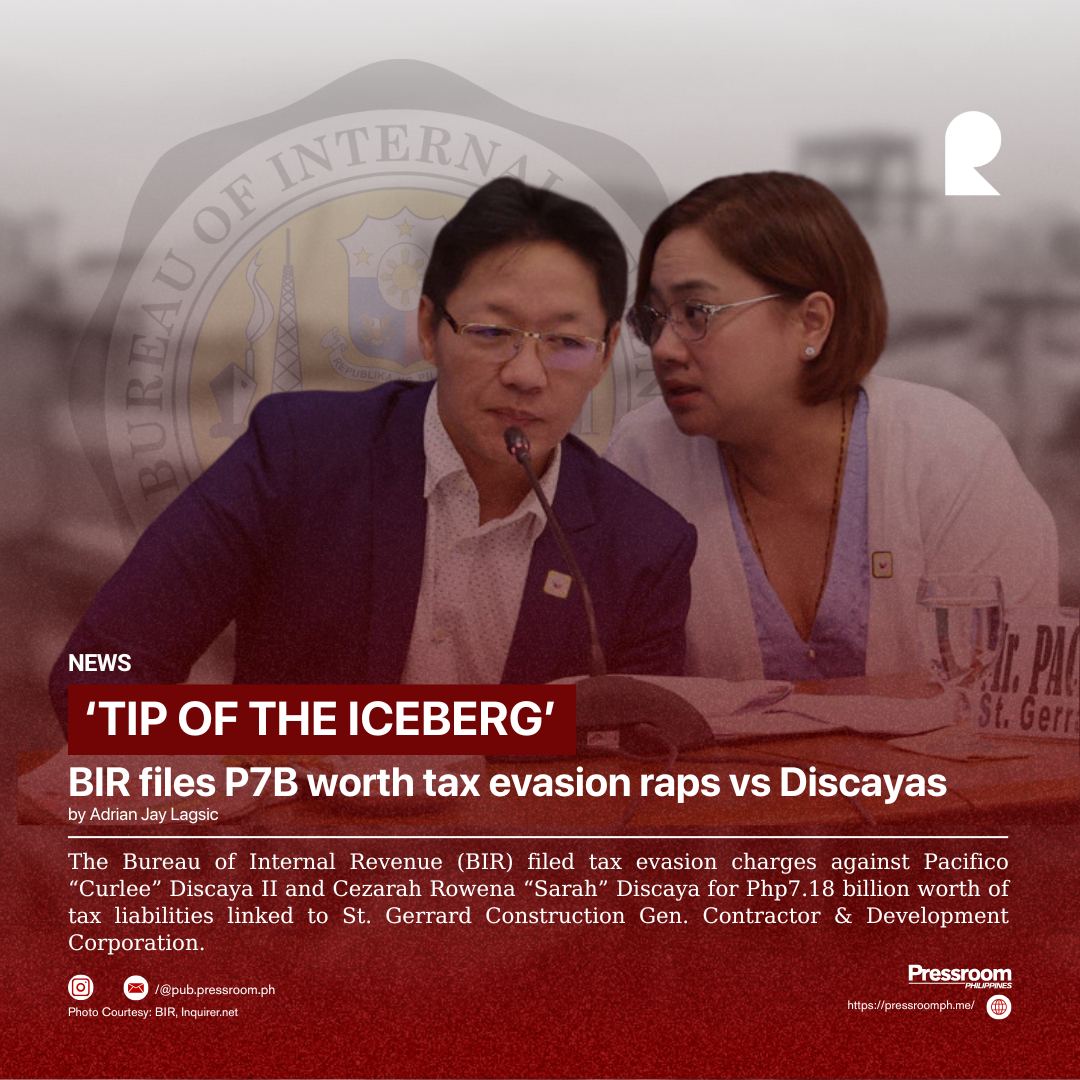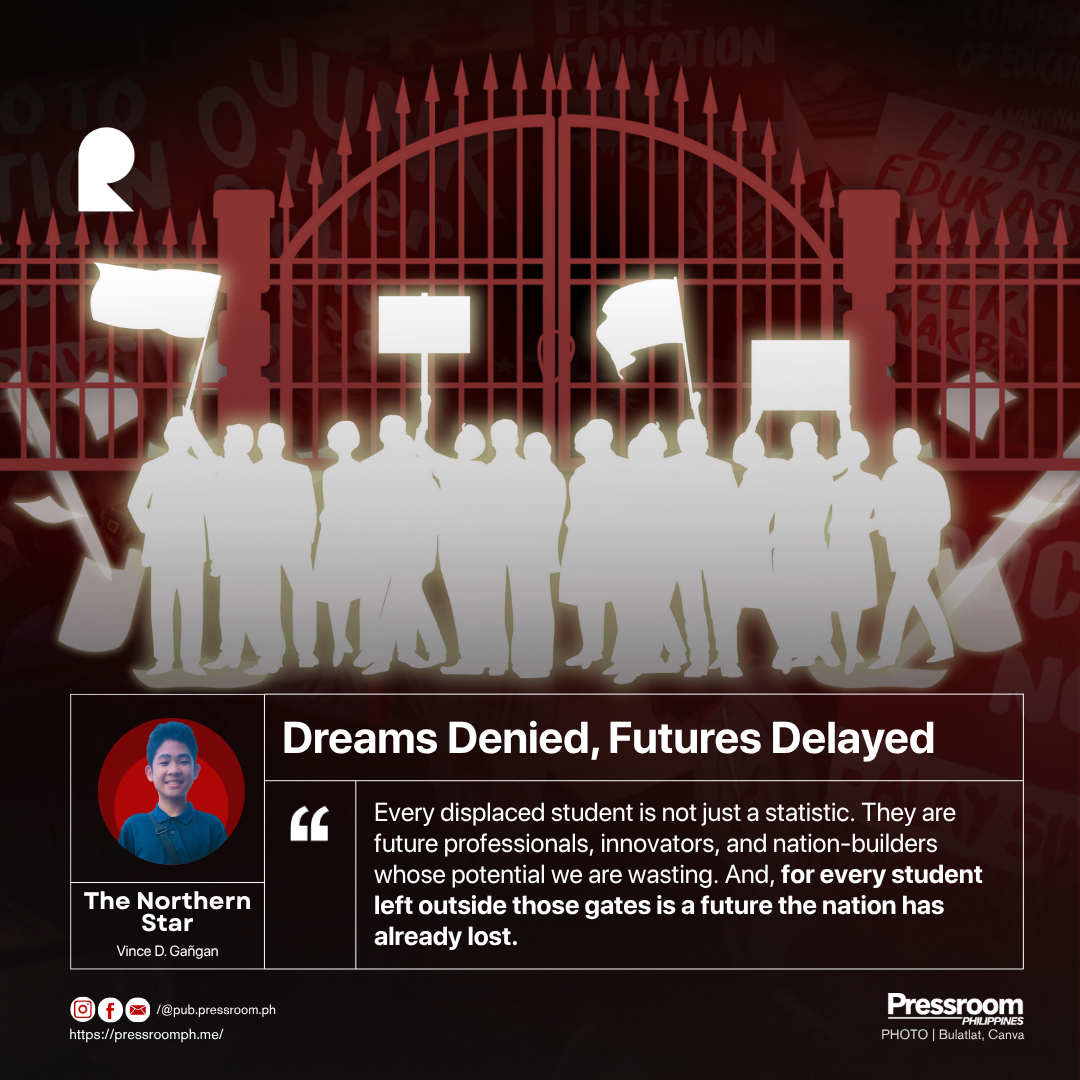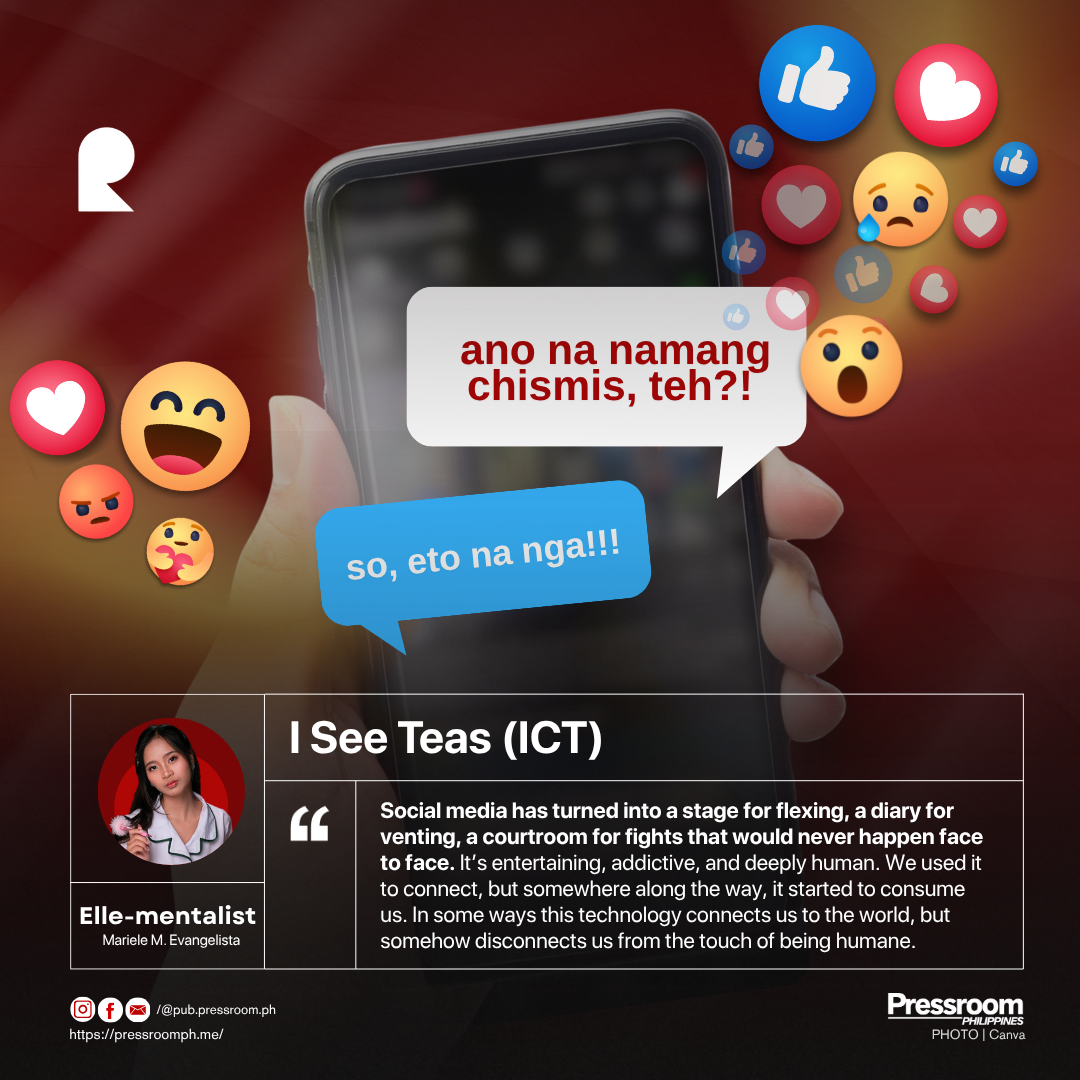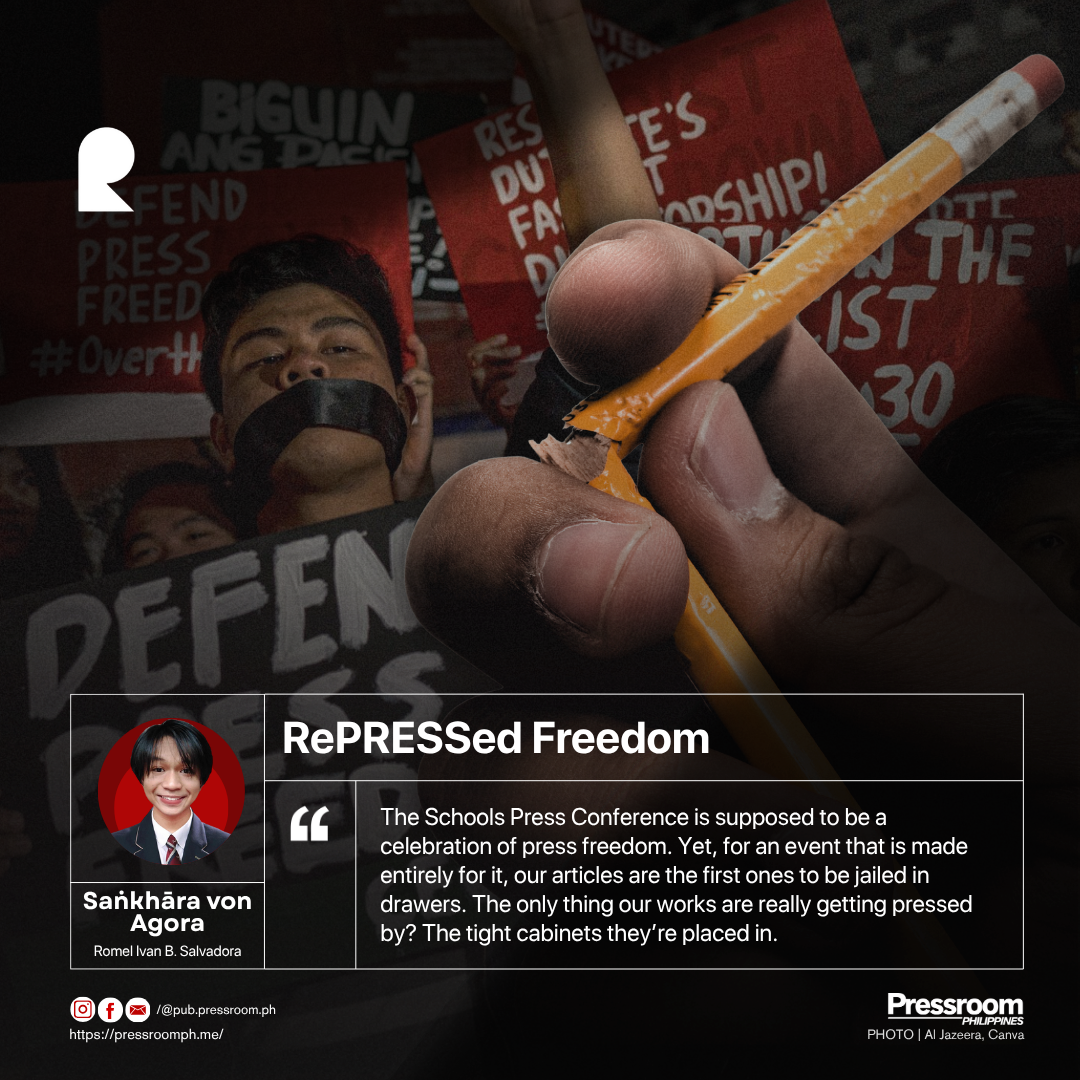via Shady Heron
When the Jerome Sunico and JM Serdan “Siargao Curse” social media issue exploded online, within days, what began as a personal dispute morphed into a national spectacle. People, on the other hand, weren’t just discussing the accuracy of events or who should actually be held accountable. Another debate, perversely, became about who was the top and who was the bottom.
Because in the eyes of these commentators, that detail alone is bigger than the actual issue.
The assumption was loud and cruel: whoever they assume is the bottom becomes the butt of the joke, the subject of ridicule, the one who’s supposedly “deserving” of humiliation. While whoever is the top? he’ll be praised, revered, the "winner”, the “real man.”
In the familiar dynamic where the top is still tied to being big and masculine, while the bottom is cast as the smaller, more feminine one, the same old heteronormative standard reappears—just repackaged in queer packaging.
While for many, this is just some mere online gossip, I see this as more as a mirror that shows how even in supposedly non-traditional gender spaces, patriarchy still dictates worth. The Siargao issue merely made visible what has long simmered underneath—the obvious persistence of machismo within the queer community.
A troubling side of this issue is how the discourse never stayed at the level of accountability or empathy. It devolved into voyeurism—reducing a real human relationship into a sexualized guessing game. And in that game, people’s patriarchal biases weren’t just exposed—they were flaunted.
Each remark that falls under this perspective reveals how much queer men have internalized the same gender hierarchy that feminism has spent decades dismantling.
Sociologists have long noted that patriarchal values can persist even within marginalized communities. The replication of these dynamics is evident in how gay men navigate gender, where topping remains the currency of respect. While the receptive role that automatically gets tagged to someone that’s deemed feminine? the target of mockery.
This mirrors what feminist theorists like Simone de Beauvoir and bell hooks have long argued: patriarchy isn’t just men oppressing women—it’s a system that teaches everyone to despise traits labeled “feminine.” That’s why in many queer spaces, to be the bottom is to be feminized, and therefore, to be disrespected.
Studies in sexual psychology suggest that in intimate dynamics, those who adopt receptive roles often experience higher emotional labor—they mediate affection, manage mood, and seek connection. Yet instead of recognizing that as strength, society mocks it.
This is where feminist insight becomes essential. Feminism has long argued that emotional labor—the invisible work of caring, empathizing, and maintaining relationships—has been devalued precisely because it is coded feminine. When queer men adopt those roles, they inherit not only the work but also the stigma attached to it.
So, when commentators laugh about who’s the “real bottom” in the Siargao issue, they’re not just being nosy. They’re perpetuating a hierarchy that says vulnerability deserves ridicule. They’re doing patriarchy’s work for it.
Beyond symbolic harm, this dynamic has tangible consequences. The Trevor Project's 2024 Philippines National Survey on the Mental Health of LGBTQ+ Young People found that the majority of respondents reported recent symptoms of anxiety (62%) and depression (62%).
Researchers also noted that internalized stigma and intra-community discrimination were major stressors; specifically, 63% of youth saw their LGBTQ+ identity as a burden, and 58% did not feel comfortable interacting with others as their true selves—both factors associated with higher rates of depression and anxiety.
These reflect how prejudice isn’t just something queer people face from the outside, but something that festers within. When community spaces mirror the same hierarchies that oppress them, the damage doubles: external discrimination crushes from above, while internal division corrodes from within.
Meanwhile, the SOGIE Equality Bill—meant to protect against discrimination based on gender and sexuality—has languished in Congress for over two decades. The irony is painful: while the nation debates whether queer people deserve equality, queer people themselves are busy debating who’s the “real man” in a relationship.
What made things worse was how Jerome Sunico himself fanned the flames. In a since-viral reply, he confirmed that he was “actually the top”—a remark that, intentional or not, only reinforced the very hierarchy fueling the backlash. By asserting that detail as if it restored dignity, he inadvertently validated the idea that “topping” equals power and that “bottoming” equals shame. In doing so, he not only weakened his own defense against accusations of being attention-seeking or clout-chasing but also contributed to the ongoing oppression of his fellow queer people.
Furthermore, perhaps the most exhausting part is that when queer people try to talk about these issues seriously, society tends to laugh. Anything involving queerness and sexuality is treated as inherently comedic, scandalous, or shallow—never as something worthy of real discussion.
Seen through a feminist lens, the “Siargao Curse” isn’t about mere heartbreak. It’s about exposure—showing us how queer relationships are still judged through heteronormative templates. This thinking traps queer men in roles they were supposed to be free from. It erases the possibility of equality in intimacy—of love defined not by dominance or submission, but by mutualism.
So, what would it look like if we stopped asking who’s on top and started asking what we should actually care for?
It would mean accepting that power and intimacy don’t need to be opposites. That respect shouldn’t depend on how one expresses desire. And that queerness, at its heart, was never meant to mimic patriarchy—but to subvert it.
Maybe it’s time we stop using “top” and “bottom” as social hierarchies and start seeing them for what they are—different, but equally valuable expressions of intimacy and identity. Every role carries its own kind of strength, all of which make intimate connections enriching.
Queer relationships have never been about who dominates, but about how both give and receive. So instead of mimicking the patriarchy we’ve all suffered from, why not celebrate the very differences that make our kind of love—free from traditional standards—be further validated? In the end, the goal isn’t to decide who’s on top; it’s to rise together.
Finally, queer liberation is not about escaping judgment from the outside, but learning not to replicate it within. Because no amount of Pride parades or rainbow filters can undo the harm of ridicule passed off as humor.
The Siargao controversy will fade, as all online dramas do. But the attitudes it revealed will persist—unless we choose to confront them.
Because the real curse isn’t Sunico’s heartbreak on an island. It’s the habit of turning love into a hierarchy and queerness into a contest of masculinity. And that’s a curse only we can break.
